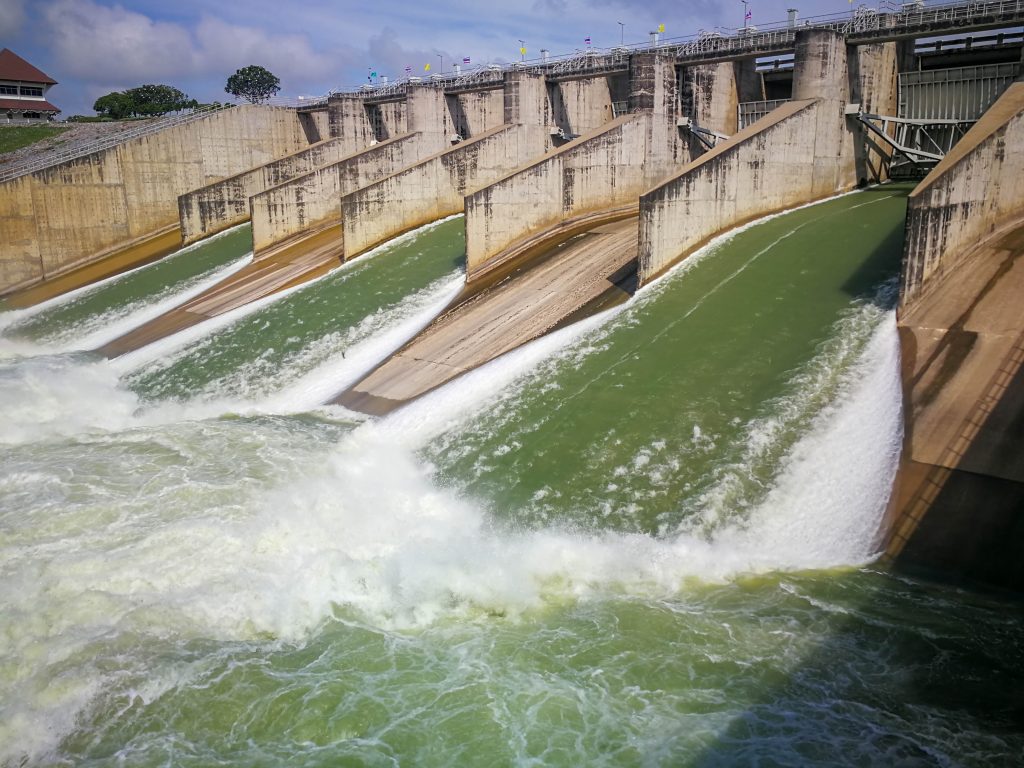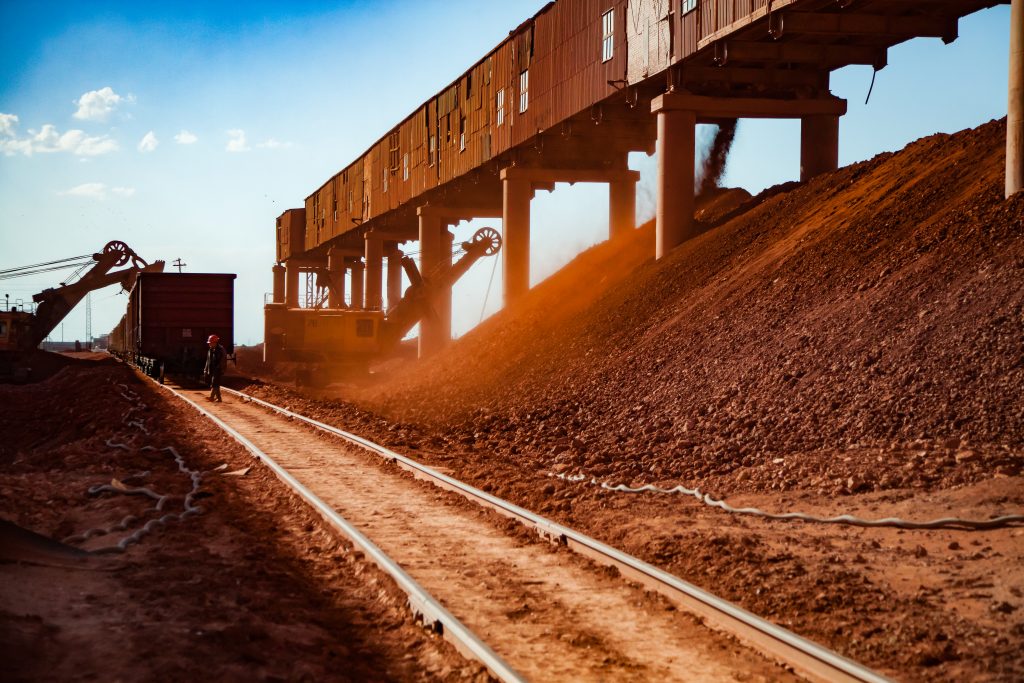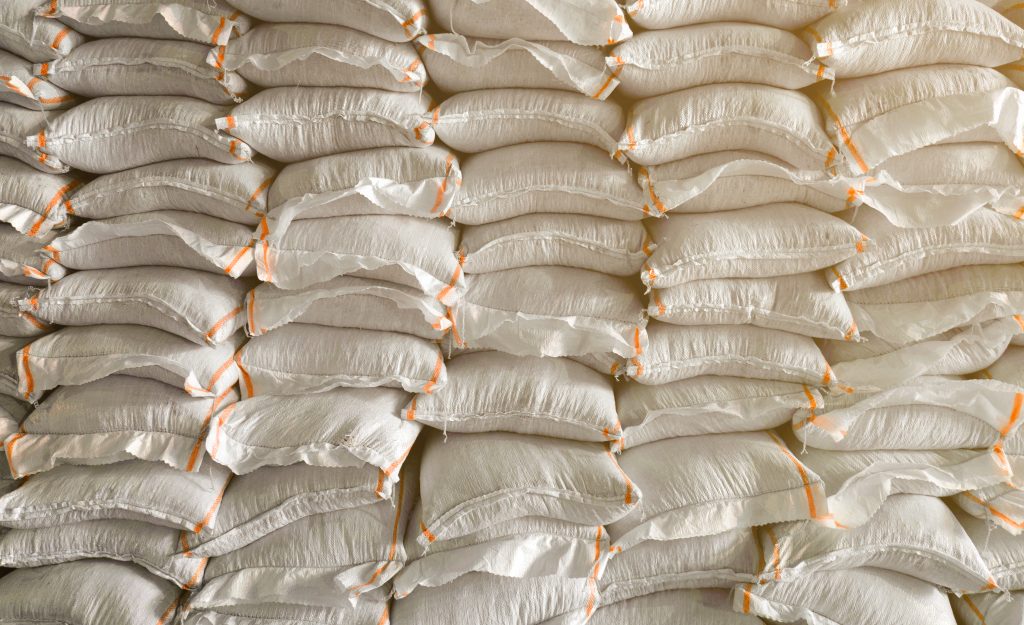DEMOCRATIC REPUBLIC OF CONGO ECONOMICS by AxelFischer MonacoResources mrg.
MACROECONOMIC PERFORMANCE AND OUTLOOK .
Real GDP growth dropped to 4.3% in 2019 from 5.8% in 2018 due to a slowdown in extractives, the economy’s main driver despite a fall in the price of some raw materials (copper and cobalt).

Agriculture has suffered from low productivity while energy shortages have hindered industrialization efforts. Growth has been driven by domestic demand, particularly private investment and public consumption.
Despite considerable rationalization in public expenditure, the fiscal deficit for 2019 was 0.4% of GDP due to the implementation of the presidential emergency plan (the fiscal surplus was 0.4% in 2018).

Fiscal pressure averaged 10.2% from 2016 to 2019 (the continental standard being at least 20%).
The current account deficit was 2.6% of GDP, financed primarily by direct foreign investment. Low currency reserves (equivalent to 3.7 weeks of imports in 2019) pose a threat to external stability. The country faces a moderate risk of debt distress.
Poverty remains a concern with 77% of the population living on less than $1.90 a day.
Other concerns include inequality and underemployment, which affects 86% of workers according to the 1.2.3 Survey in 2012.
Young people have limited access to jobs and socio-professional insertion programs.

PROSPECTS…
The expected adoption of the 2019–23 Strategic Development Plan will give national priorities more visibility. Thanks to the country’s low debt (13.7% of GDP for external debt and 6.5% for domestic debt in 2018), new external concessional loans can be secured. Moreover, normalization of the political situation and a new determination to reform and fight corruption instill a climate of confidence, which promotes new private investment in sectors that drive the economy. Average inflation in 2020 and 2021 is expected to stay around 5%.
A medium-term economic and financial program supported by the international partners would pave the way for additional economic stimulus. Forecasts suggest a slowdown in GDP growth in 2020 (3.9%) and 2021 (3.4%) due to reduced mining production. The current account deficit will likely worsen in 2020 (to 4.6% of GDP) and 2021 (4.3% of GDP), and the fiscal balance will remain in the red (0.2% of GDP in 2020 and 0.3% in 2021), partly from financing the free education policy.

The economy remains dependent on mining products, which makes it vulnerable to global price fluctuations. The dollarization of the economy reduces the efficiency of monetary policy. Structural weaknesses in internal revenue systems make it difficult to fund priority programs. Infrastructure shortages in most sectors continue to dampen economic development significantly.


2 Comments